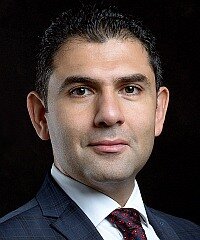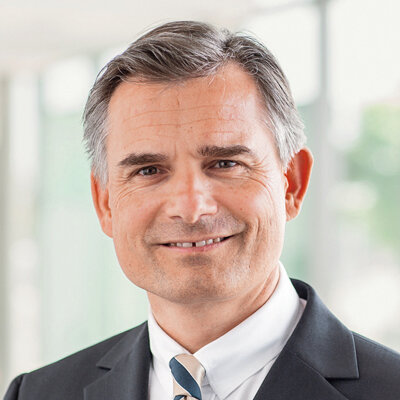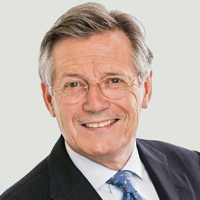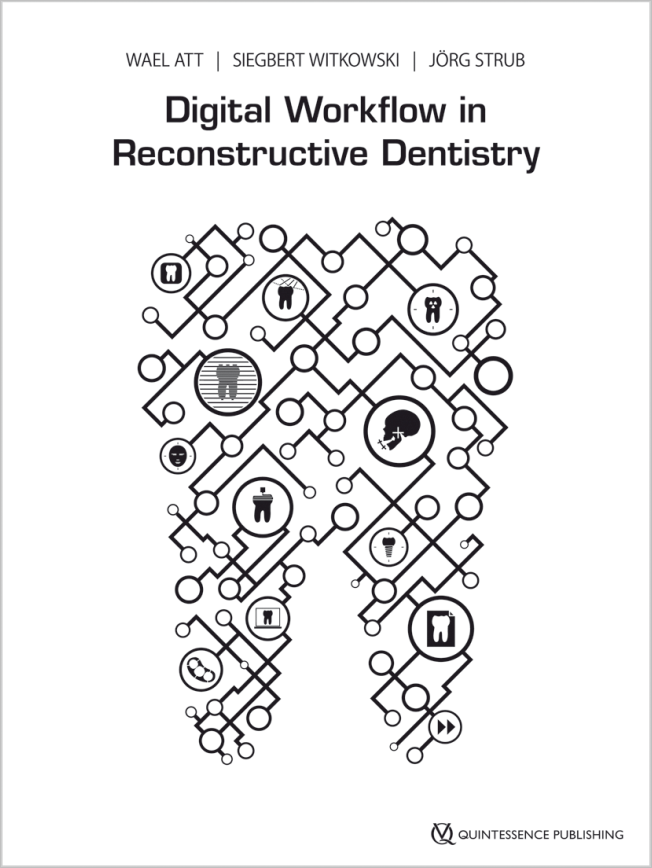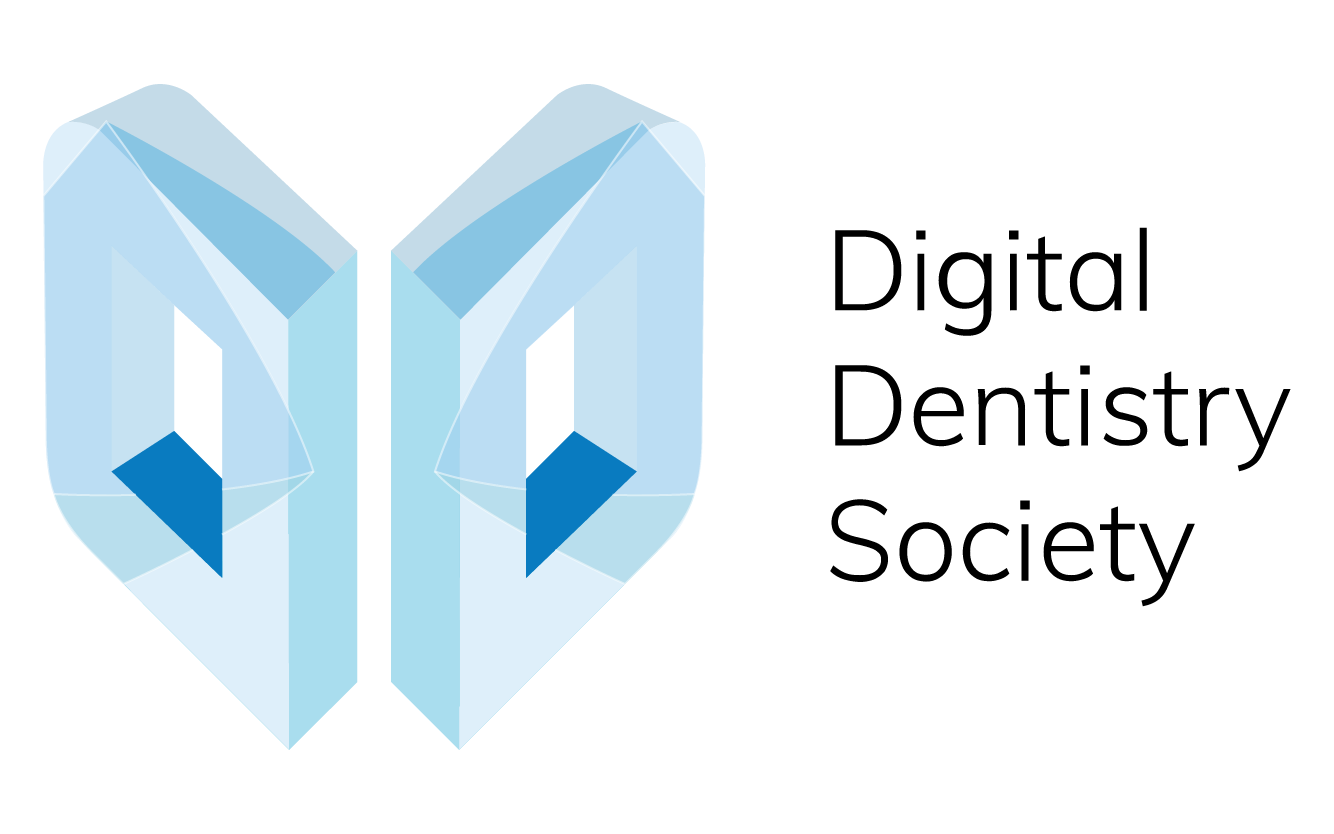Digital Workflow in Reconstructive Dentistry is the result of efforts made by the academic team at the Department of Prosthodontics, University Hospital of Freiburg. It aims to build a fundamental understanding of the general principles, science, and clinics of digital dental medicine. The information provided within these pages summarizes the various components of the digital workflow in reconstructive dentistry and discusses their advantages and disadvantages. Moreover, insights are provided about upcoming, game-changing technologies. By reading this book, students, clinicians, and researchers will gain and enhance their knowledge about digital dental medicine and identify the areas they need to focus on next in order to integrate the available technologies in their daily work. Clearly, the path of digital dental medicine will not stop here.
Contents
Chapter 01. Digital Workflow in Reconstructive Dentistry: An Introduction
Chapter 02. Intraoral Scanners: Current Status and Future Applications
Chapter 03. Laboratory Desktop Scanners
Chapter 04. Optical Face Scanners
Chapter 05. Digital Radiographic Imaging
Chapter 06. Virtual Registration, Mounting, and Articulation
Chapter 07. Digital Assessment Tools and Data Manipulation
Chapter 08. Computer-guided Implant Planning and Surgery
Chapter 09. CAD/CAM Materials
Chapter 10. Digital-assisted Fabrication Using CAM Technologies
Chapter 11. Cases
Chapter 12. Future Perspectives of Digital Technologies in Dentistry
Contributors
Amirah M. R. Alammar • Abdulaziz Alsahaf • Wael Att • Maria Bateli • Jasmin Bernhart • Shaza Bishti • Sarah Blattner • Miha Brezavšček • Sandy Cepa • Nadine Emmanoulidi • Ahmed Fawzy • Manrique Fonseca • Michele Frapporti • Rumpa Ganguly • Yousef Al-Ghamdi • Petra Ch. Gierthmuehlen • Aiste Gintaute • Ulrich Lamott • Christos Lamprinos • Matthias Petsch • Udo Plaster • Aikaterini Ploumaki • Hanna Rauberger • Elisabeth Schwartzkopff • Christian F. Selz • Thamer Al-Sharif • Benedikt Spies • Frank A. Spitznagel • Jörg R. Strub • Michael Swain • Taskin Tuna • Alexander Vuck • Siegbert Witkowski



